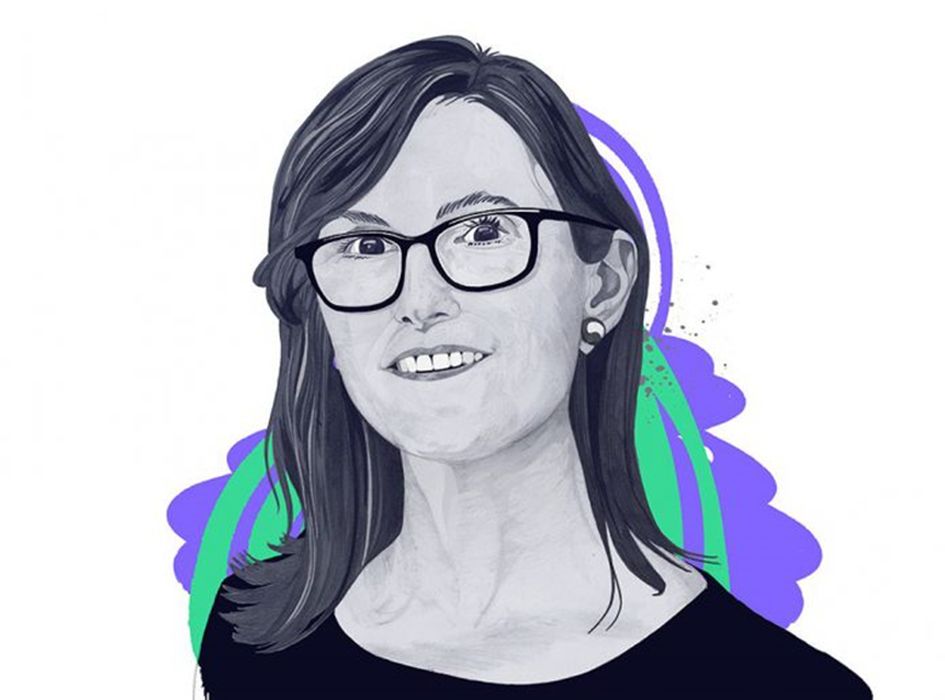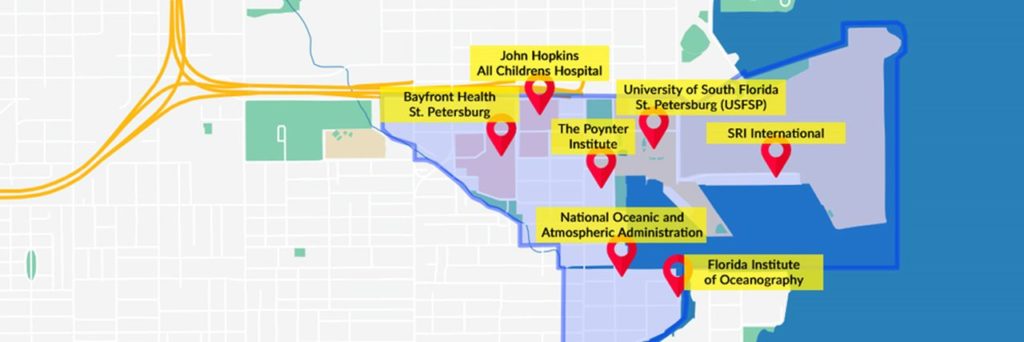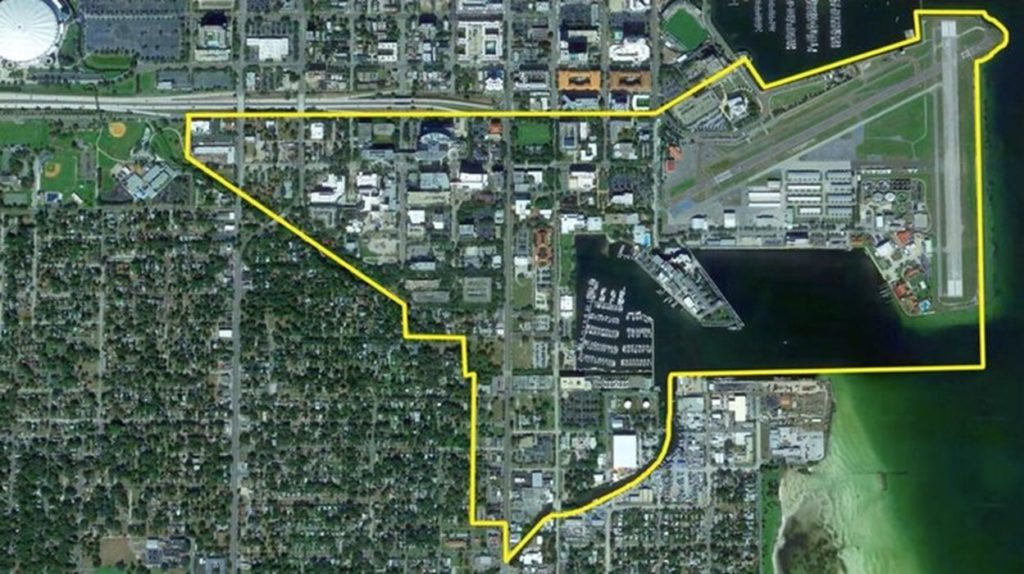
Charles R. Goulding and Preeti Sulibhavi examine the implications of an investment firm’s unusual relocation.
On November 1, 2021, in a formal exit from New York City, ARK Investment Management LLC is making a permanent move to St. Petersburg, Florida. It is not unheard of, particularly in recent years, for large companies to shift their headquarters for various financial and tax reasons. But ARK’s move is somewhat unique in that its destination home is a designated Innovation District.
St. Pete Innovation Center and 3D Printing
Decades ago, researchers conducted their work from remote locations, far removed from urban business centers. As a result, many of their efforts occurred behind a figurative and geographic shield of secrecy. As demands for work-life balance increase, communication channels broaden and urban centers enjoy a new phase of growth and development, institutions are beginning to recognize a factor that the former model could not effectively deliver, collaboration through proximity.
The St. Pete Innovation District (SPID) was established in 2016. Today, membership exceeds 30 organizations within the Life Science, Marine Science, Education, Data Analytics, Art and Technology sectors. Many of these institutions are within a designated boundary of the District, while others are engaged from throughout the region and nation. We have authored various Fabbaloo articles on many of the technology sectors as linked above.
SPID utilizes a framework in which three types of assets create an innovative ecosystem — the Economic Assets (institutions), the Physical Assets (infrastructure) and the Networking Assets (connections between institutions).

ARK’s Cathie Wood & 3D Printing
ARK is not your typical investment firm. ARK prides itself on its “breaking-the-mold” approach to investing. Cathie Wood, CEO, ARK, has aligned herself and her team more with the Silicon Valley start-up model as opposed to the traditional Wall Street approach. Several of her ETFs more than doubled in 2020, profiting off the focus of the and growth during the Covid-19 pandemic.
The move to St. Pete, Fla is aimed at deepening ARK’s ties to local entrepreneurs and technology startups. ARK will be developing its designated Innovation Center on 2.5 acres of land donated by the city of St. Petersburg itself.

ARK seeks to provide targeted exposure to companies in the 3D printing ecosystem, including 3D printing hardware, software, measurement, and materials. 3D printing should transform manufacturing by providing greater design complexity, accuracy, efficiency, and customization. ARK offers a 3D Printing ETF in the form of a managed account.
There is no reason why companies focused on 3D printing should not find this move to the Innovation District to be a great resource and potential opportunity. Particularly given the technology sectors focused on. There is good reason for 3D printing to be involved in this strategy.
The Research & Development Tax Credit
The now permanent Research and Development (R&D) Tax Credit is available for companies developing new or improved products, processes and/or software.
3D printing can help boost a company’s R&D Tax Credits. Wages for technical employees creating, testing and revising 3D printed prototypes can be included as a percentage of eligible time spent for the R&D Tax Credit. Similarly, when used as a method of improving a process, time spent integrating 3D printing hardware and software counts as an eligible activity. Lastly, when used for modeling and preproduction, the costs of filaments consumed during the development process may also be recovered.
Whether it is used for creating and testing prototypes or for final production, 3D printing is a great indicator that R&D Credit eligible activities are taking place. Companies implementing this technology at any point should consider taking advantage of R&D Tax Credits.
Conclusion
Part of leading is aligning yourself with the right strategy, particularly if your focus is technology and innovation-driven. Moving closer to the hub of innovation is an unprecedented strategy for an asset-management firm, but anyone familiar with Cathie Wood, may not find it a surprising one. Companies in the 3D printing sector should take notice and find a potential resource and opportunity here.
